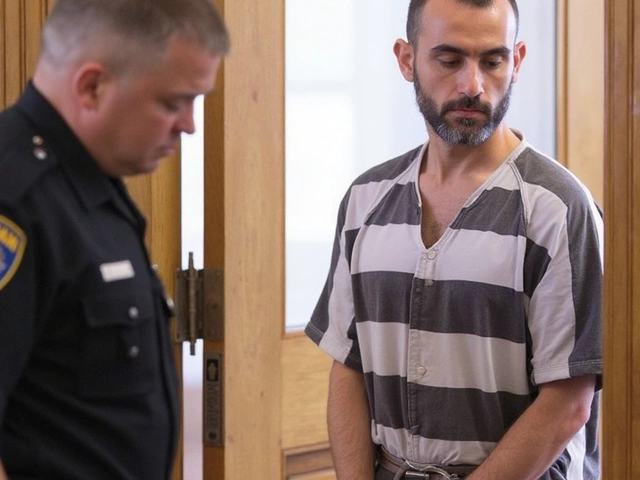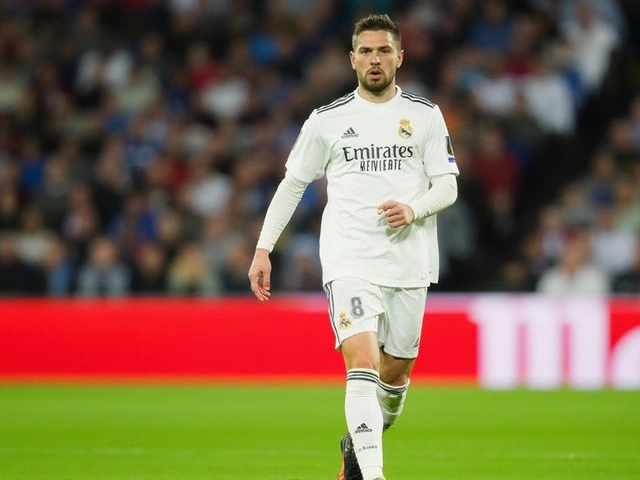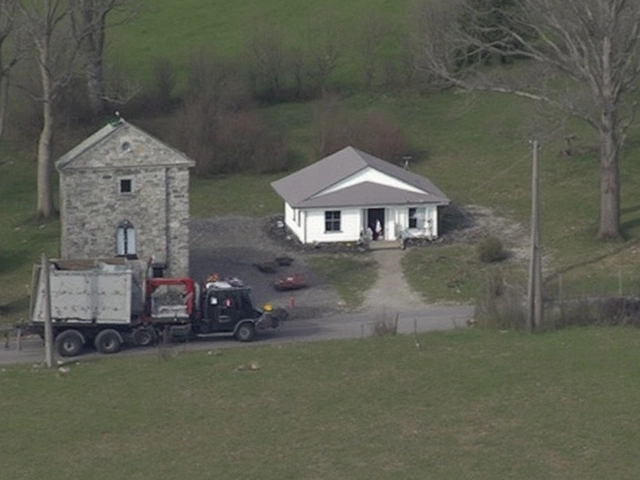World Cup Updates and Coaching Tips for New York Fans
Are you hungry for the latest World Cup action and want real‑world coaching advice? You’ve landed in the right spot. Here we break down the big moments, share what coaches are saying, and show how you can bring that energy to your local games in the Big Apple.
What’s Happening Right Now in the World Cup?
The tournament is buzzing with surprise wins, dramatic saves, and a few upsets that no one saw coming. Teams like England and Brazil are trading goals at a frantic pace, while dark‑horse nations are pulling off shock victories that keep the brackets fresh.
Key takeaways for fans and local coaches:
- High‑press tactics are paying off – many squads are pressing deep into the opponent’s half, forcing turnovers.
- Set‑piece routines are more creative than ever – expect quick corners, short free‑kicks, and decoy runs.
- Goalkeepers are now play‑makers – watch how keepers are starting attacks with precise throws.
Keeping an eye on these trends helps you spot ideas you can test on the field in New York parks or academy sessions.
Coaching Nuggets You Can Use Today
Whether you coach a youth team in Queens or run a weekend clinic on the Bronx, the World Cup offers a treasure trove of drills. Here are three quick ideas you can roll out tomorrow:
1. Press‑and‑Recover Drill – Set up a 20‑by‑30‑meter grid. Split players into two groups. One group attacks while the other presses. After winning the ball, the pressing team must transition to attack within five seconds. This mirrors the fast‑break style we see on the world stage.
2. Set‑Piece Patterns – Use a half‑size goal and practice three different corner routines: a near‑post flick, a far‑post run, and a short corner to a midfielder. Rotate players so everyone learns both attacking and defending roles.
3. Goalkeeper Distribution – Have your keeper work on short throws and long kicks to specific target zones. Pair this with outfield players who practice receiving the ball under pressure, just like the modern keepers who start quick attacks.
Try these drills during a regular practice, and you’ll see players become more comfortable with the high‑tempo, possession‑heavy style that’s dominating the World Cup.
Beyond drills, remember to keep the atmosphere fun. Share a short clip of an exciting World Cup goal after practice, ask players what they liked about the move, and let them suggest a variation. When kids see a connection between the biggest stage and their own training, motivation spikes.
Finally, stay plugged into local New York events. The city hosts watch parties, fan meet‑ups, and even coaching seminars around major matches. Attending these can give you fresh perspectives and let you network with other coaches who are also pulling ideas from the tournament.
So, keep the World Cup excitement alive on your field. Use the tactics you admire, add a few practical drills, and watch your team grow. The next time a player scores a spectacular free‑kick, you’ll know exactly which practice session sparked that moment.
Ready to bring the World Cup vibe to your New York squad? Grab a ball, gather your team, and start experimenting with these ideas today. The world’s best are playing right now – it’s your turn to copy, adapt, and win.
Kieran Lockhart, Mar, 3 2023
Why is the World Cup such a big event?
The FIFA World Cup is the biggest and most widely watched sporting event in the world. It is a competition between the best international soccer teams and is held every four years. During the World Cup, millions of soccer fans from all over the world come together to watch the event and celebrate their country’s team. It also creates a sense of global unity as people of different cultures and countries come together to support their teams. The excitement and emotions that come with the World Cup make it a unique and special event, and one that will continue to be remembered by generations to come.
View MoreKieran Lockhart, Feb, 17 2023
What's bigger, the World Cup or the Super Bowl?
This article discusses the differences between the World Cup and the Super Bowl, two of the most popular sporting events in the world. It explains that the World Cup is the world's most watched event, with nearly 3 billion viewers tuning in for the 2014 tournament, while the Super Bowl was watched by nearly 1 billion viewers in 2018. It also looks at the financial cost of each event, with the World Cup estimated to cost around $6 billion compared to the Super Bowl's $4.5 billion. Finally, it looks at the size of the stadiums each event is held in, with the World Cup using many stadiums across multiple countries, while the Super Bowl only uses one stadium. Overall, the World Cup is a larger event than the Super Bowl in terms of viewership, cost, and size.
View More





